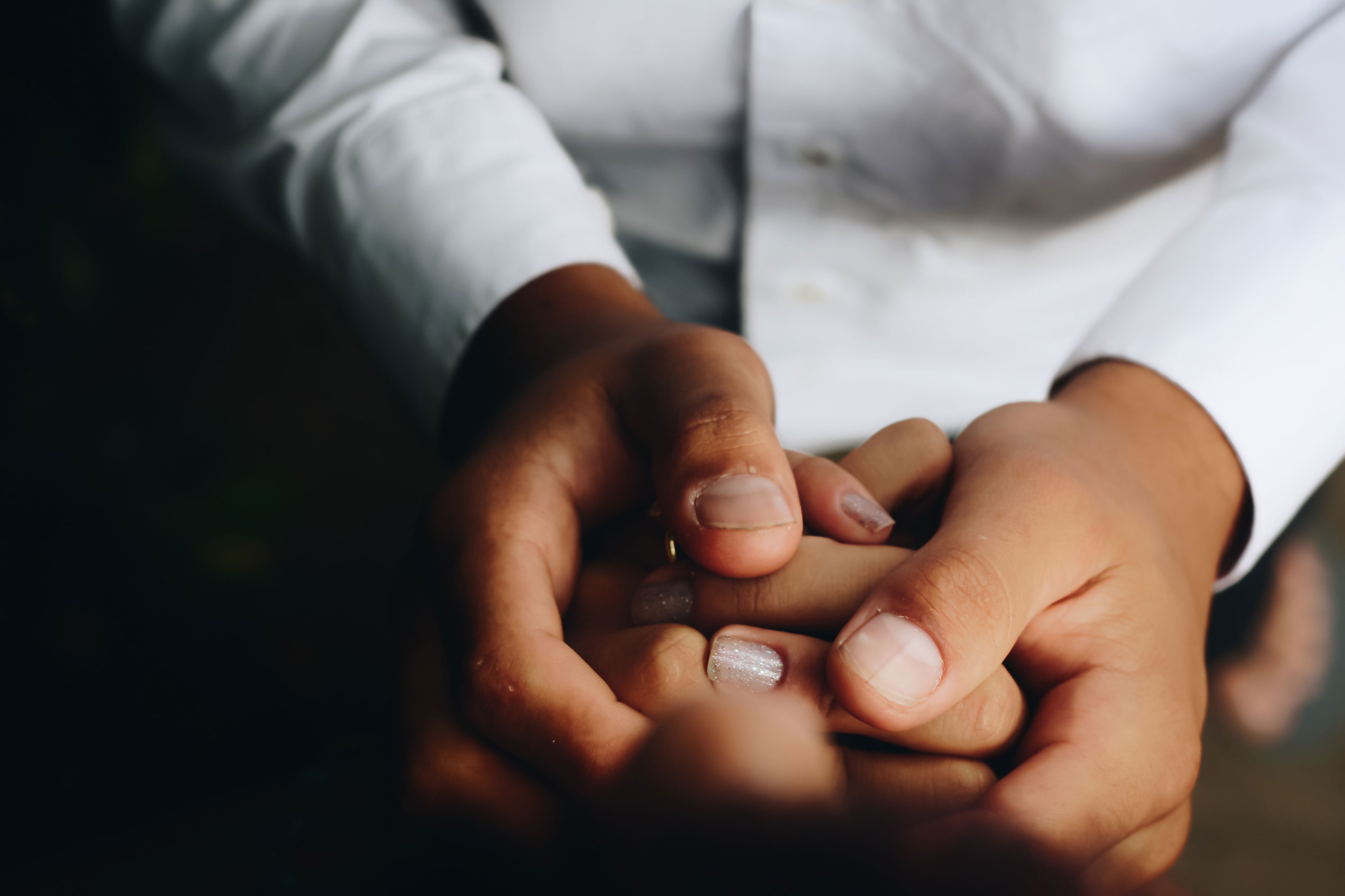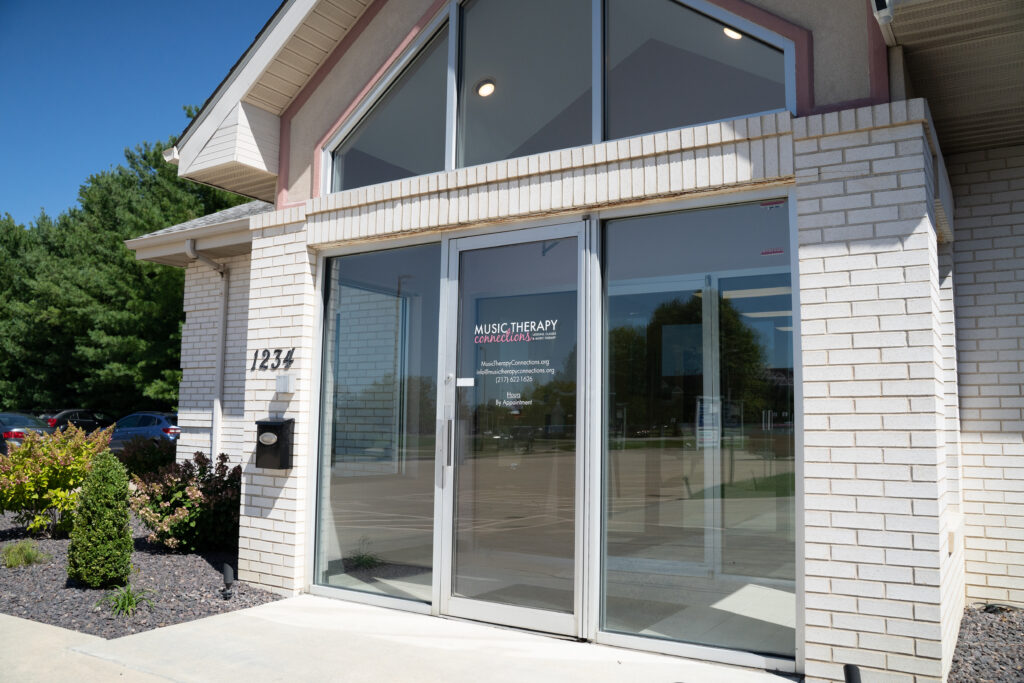
I am so excited to share with you that we will be releasing the Functional Sign Language Song Crate CMTE course on Tuesday! In this course, you will learn how to sign nine songs and receive practical applications for use in your sessions.
I use sign language every day with a variety of populations and ages. I want to share with you a few of my favorite stories of the impact of sign language in music therapy.
I was working with an adult with a developmental delay in an assisted living facility who was very emotional and experienced separation anxiety with many staff and people in her life. She had experienced the loss of close family members and her goal was to begin processing those emotions.
We used “Bring on the Rain” by Jo Dee Messina every week. I started by teaching her the sign for “rain”. She quickly caught on and I began adding a few more signs week to week. When she felt defeated, we would refer back to the song. As I taught her sign by sign, we broke down the meaning of the song in a way that was simple and clear.
By the end of that treatment period she had learned the whole song. She was smiling much more and crying much less. It was clear that it had a positive affect on her self-esteem and gave her an opportunity to explore her emotions in a more structured and safe way.
I spend approximately 12 hours of my week at a school for children with autism, cerebral palsy, adverse behaviors which require additional support staff, and in general, multiple disabilities. I serve these children ages 10-22 with group and individual music therapy.
I had a client whom I was seeing in the group and individual setting when we began working on increasing her appropriate self-expression and limiting her self-injurious behaviors (i.e. biting, hitting, pinching, pulling hair, etc.). When asked a question, she would often begin a self-injurious behavior. She was able to speak, but struggled at the time to use that speech as a method for effective self-expression. The client was encouraged in class and other therapies to verbalize, but her growth was slow moving.
When she started individual music therapy sessions, I decided to try something different. I wanted to focus on using sign language as a way to decrease her negative behaviors and then build verbalization on that. We started with simple signs like “hello”, “wait”, “please”, “all done”, “help”, and “more”. She learned these signs much more quickly than I had anticipated and so I began to add more signs like “help”, “eat”, and “bathroom”.
I began signing everything I spoke or sang in her sessions, and she began learning signs more quickly than I could teach her. Soon thereafter, her behaviors dramatically decreased and she was promoted to a life skills classroom where she can receive support to challenge her academic skills and build as much independence as possible.
I regularly use sign language within the early childhood setting to support speech development and social skills in our youngest little ones. They may not always be able to isolate their fingers to perfectly execute the sign, but if they are able to increase self-expression and communication in support of those very important developmental markers, then they are off to a wonderful start on their expressive journey!
I am a believer in the potential for sign language in music therapy. Be on the lookout for the course release early next week to explore how sign language can be an effective tool in your practice!




